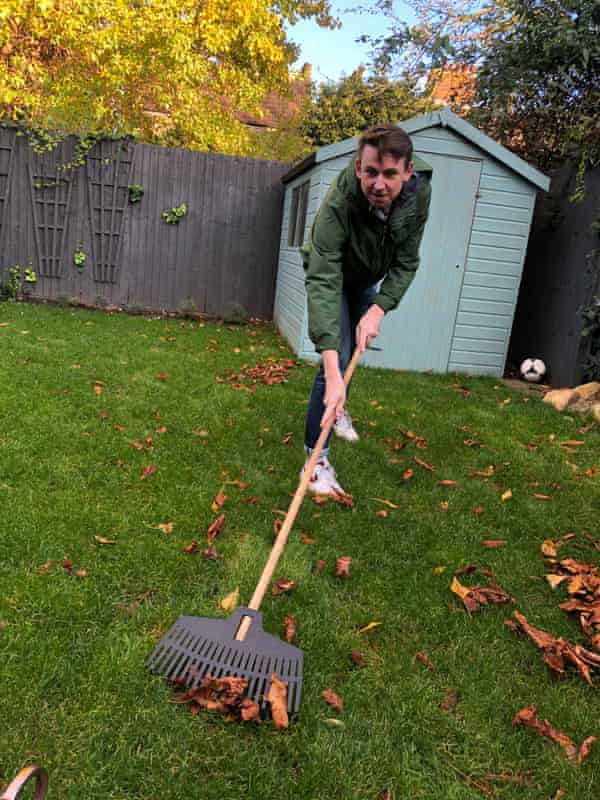My wife had wanted to AstroTurf our back garden this summer, but I said no: it had to be real grass, so that our kids could experience worms and soil and nature, even though I find worms and soil (and most of nature) disgusting when it is not on TV. I won the argument, which meant that I – the world’s worst gardener – was charged with maintaining a new lawn. I resolved to make sure that my wife could never say: “I told you we should have got AstroTurf.”
The process of digging up the rotten tree stumps and laying down fresh turf in the baking heat was extremely arduous (for the gardener – I just watched him while sipping an ice-cold cider). But my real problems were yet to come. Before long, I was spending an hour every day with my hose, trying to out-sprinkle the sun and kick this lawn into life. Amazingly, it started to grow, but it also started doing weird things – bare spots would appear, patches would turn unusual colours. On one occasion, a small area became covered in weird, translucent slime overnight (I still have no clue what that was). Watching things deteriorate despite the time I was putting in became incredibly stressful. “There’s no point,” I would announce to my wife, melodramatically. “It’s clearly all dying.”

I had assumed grass looked after itself, but I soon found myself falling down some deep horticultural wormholes: pH levels, mowing lengths, fertiliser, thatch raking, scarifying. I bought tools and ordered some ridiculous aeration sandals with spikes in the bottom that convince you that walking across your lawn like Wallace in The Wrong Trousers is a perfectly sane thing to do.
At times, the grass could look OK from a distance. When our daughter’s new primary school teacher came for a home visit, she complimented me on how green it looked. This should have been a triumphant moment but I found myself telling her, no, it was riddled with multiple problems beneath the surface if only she would inspect more closely. I would soon see the same glazed look on the faces of parents at the school gates whenever I brought up, say, reseeding techniques. “Terrible weather we’re having, isn’t it?” “Well, actually, no, not if you’re hoping for quick germination.” Lawns were boring to other people – and so was I.
I resolved to keep my obsession to WhatsApp chats with two fellow grassheads, who indulged my nerding out on raking techniques. Eventually I worked out that my main problem was unavoidable: our garden is frequented by numerous grey squirrels who love digging the hell out of the grass just to annoy me (and to bury nuts in order to survive). The internet told me that my options were either to live with the pesky rascals or get an air rifle. The squirrels have long since realised I am not the second-amendment type; whenever I rush out and pathetically shout “Oi!” at them, they just look up quizzically before returning to their destruction.
But learning to live with nature, rather than fight it, has been a valuable lesson. Gardening, even embarrassingly easy gardening such as this, is full of trial and error. The trick is to embrace the challenges rather than become frustrated. Our lawn is looking pretty lush now. When I look back, I realise just how much I must have channelled the very real anxieties of 2020 into taking care of it. It makes me wonder: did I resolve to look after the lawn or did it resolve to look after me?
from Lifestyle | The Guardian https://ift.tt/2L9iJuf
via IFTTT

comment 0 Comment
more_vert